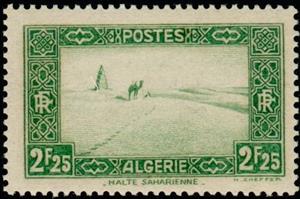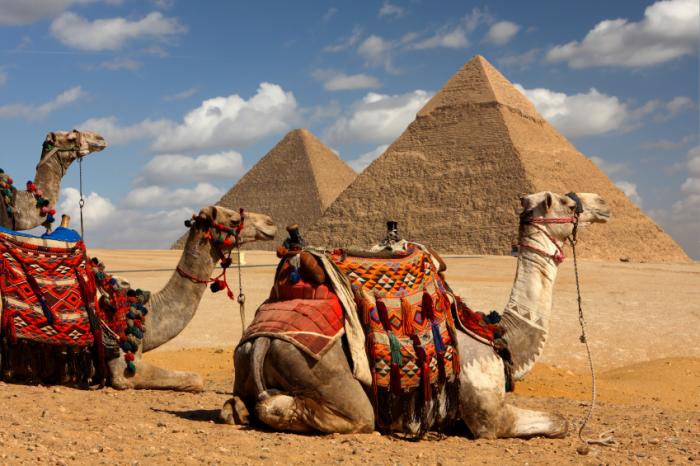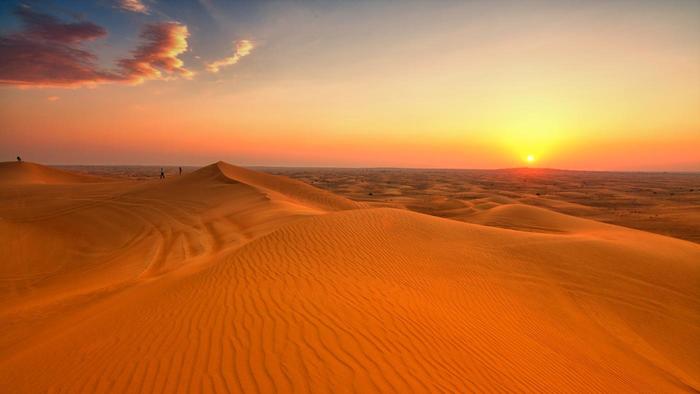Stamp: Definitive issue (Algeria 1936)
Definitive issue (Algeria 1936)
01 January (Algeria ) within release Sites et paysages-Sites and Landscapes goes into circulation Stamp Definitive issue face value 2.25 Algerian franc
| Stamp Definitive issue in catalogues | |
|---|---|
| Michel: | Mi:DZ 124 |
| Yvert et Tellier: | Yt:DZ 121 |
Stamp is square format.
Halte saharienne-Stop SaharanAlso in the issue Sites et paysages-Sites and Landscapes:
- Stamp - Definitive issue face value 1.75;
- Stamp - Definitive issue face value 1.25;
- Stamp - Colomb-Bechar - Oued face value 1.50;
- Stamp - Definitive issue face value 2.25;
- Stamp - Definitive issue face value 3;
- Stamp - Alger (mosquée El Kebir) face value 3.50;
- Stamp - Definitive issue face value 5;
- Stamp - Definitive issue face value 10;
- Stamp - Definitive issue face value 20;
|
Data entry completed
50%
|
|
|---|---|
| Stamp Definitive issue in digits | |
| Country: | Algeria |
| Date: | 1936-01-01 |
| Perforation: | 13 |
| Format: | Stamp |
| Face Value: | 2.25 Algerian franc |
Stamp Definitive issue it reflects the thematic directions:
A camel (from Latin: camelus and Greek: κάμηλος (kamēlos) from Ancient Semitic: gāmāl) is an even-toed ungulate in the genus Camelus that bears distinctive fatty deposits known as "humps" on its back. Camels have long been domesticated and, as livestock, they provide food (camel milk and meat) and textiles (fiber and felt from camel hair). Camels are working animals especially suited to their desert habitat and are a vital means of transport for passengers and cargo. There are three surviving species of camel. The one-humped dromedary makes up 94% of the world's camel population, and the two-humped Bactrian camel makes up 6%. The wild Bactrian camel is a separate species and is now critically endangered.
A desert is a landscape where little precipitation occurs and, consequently, living conditions create unique biomes and ecosystems. The lack of vegetation exposes the unprotected surface of the ground to denudation. About one-third of the land surface of the Earth is arid or semi-arid. This includes much of the polar regions, where little precipitation occurs, and which are sometimes called polar deserts or "cold deserts". Deserts can be classified by the amount of precipitation that falls, by the temperature that prevails, by the causes of desertification or by their geographical location.


